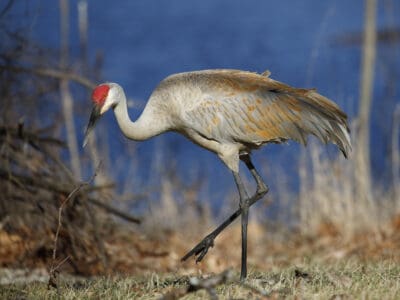The upper midwestern state of South Dakota is generally a temperate grassland with plenty of tree-filled hills, mountains, lakes, and rivers. Many different species of reptiles, fish, birds, rodents and other mammals exist in a geography that is divided between humid continental and semi-arid climates. Several National Park Service-protected sites, state parks, two national forests, three national grasslands, plus a lack of urban areas make the state especially habitable for a wide variety of wildlife. It is especially known for waterfowl, songbirds, game birds, and birds of prey.
The Official Animal of South Dakota
The official animal of South Dakota is the coyote, which competed against a state legislator’s recommendation of a bull. As the state mammal, it is most common in the Black Hills and the Missouri River, but it also exists throughout North America. Not only is it called the prairie wolf, but its howl is called the “song of the west.” The adaptable, intelligent, predatory mammal mates for life.
There is other official wildlife, too. The state fish is the walleye and the state bird is the Chinese ring-necked pheasant.
Where To Find The Top Wild Animals in South Dakota
- Badlands National Park: Black-footed ferrets, black-tailed prairie dogs, bison, bighorn sheep, pronghorn (antelope), mule deer, coyotes, and birds.
- Wind Cave National Park: Bighorn sheep, deer, mules, pronghorn, elk, bison, coyotes, prairie dogs, and birds.
- Prairies: Grouse, prairie chickens (pinnated grouse), turkey vultures, eagles, pronghorn, mule deer, bison, jackrabbits, foxes, badgers, coyotes, and prairie dogs.
- Pine forests: Raccoons, jays, pine squirrels, chipmunks, beavers, marmots (groundhogs), turkeys, elk, bighorn sheep, mountain goats, deer, and even mountain lions.
- The Black Hills: Elk, mountain lions, prairie dogs and birds.
- Black Hills Wild Horse Sanctuary: Wild horses (600 mustangs).
- Spearfish Canyon: Prairie dogs and mountain goats.
- Custer State Park: Bison, donkeys, bighorn sheep, mountain goats, elk, pronghorn, white-tail deer and birds.
- Bear Butte State Park: Birds.
- Bear Country USA: Reindeer, bison, mountain lions, elk, and black bears.
- Reptile Gardens: Venomous reptiles and deadly snakes including 17 snake species, 7 turtle species and 8 lizard species.
- Butterfly House: 800 live butterflies.
- Gavin’s Point National Fish Hatchery: Local fish, amphibian and reptile species.
- Tripp County: Pheasants.
The state is home to 400 species of birds, including 200 species that are native to the Badlands and Black Hills. It is extremely popular for bird watching. Some examples of birds you can find there are pheasants, owls, hawks, prairie falcons, turkey vultures, golden eagles, and bald eagles. The state is known for fishing, with people often fishing in small lakes and ponds.
Zoos in South Dakota
The Most Dangerous Wildlife In South Dakota Today
With so much wildlife and different terrains, there are sure to be some dangerous animals in South Dakota. Bison (buffalo) are by far the most dangerous, with their charges causing many more serious injuries than other large mammals. They see nearby human activities as threatening.
Mountain lion (cougars) sightings are common and usually from a distance, with 20% of mountain lion attacks being fatal. The prairie rattlesnake is the only venomous snake. It is small and so its bite rarely injects enough venom to be fatal. There are many spider species, including the Hobo, Yellow Garden, and several species of wolf spiders, but only the western black widow and the brown recluse are venomous. Death from either of their bites is extremely rare. Black bears and grizzly bears can be dangerous, but they are some of the rarest sightings around.
Endangered Wildlife In South Dakota
The rarest wildlife are either threatened or endangered at the federal or state level. 20 species of birds are endangered in South Dakota. Endangered predators are the black-footed ferret, gray wolf, and swift fox. Other endangered wildlife are:
- Birds: Whooping Crane and Eskimo Curlew,
- Fish: Pallid Sturgeon, Paddlefish, Blue Sucker, and Topeka Shiner
- Butterflies: Dakota Skipper and Poweshiek Skipperling
- Insects: Rusty Patched Bumblebee
- Molluscs: Scaleshell Mussel and Higgins Eye Pearlymussel
Strange Wildlife in South Dakota
When it comes to owning strange animals, South Dakota’s laws for exotic animals say you can own a raccoon dog with a permit. A raccoon dog is a wild dog species native to Asian forests. Other strange animals are water fleas and scuds. Water fleas are microscopic crustaceans that move like fleas, and scuds (also called side-swimmers) are freshwater amphipods that resemble shrimplike or crayfish-like sowbugs.
Native Plants in South Dakota
Most of South Dakota is covered in grasses and crops. However, the state is home to many other types of plants – trees, shrubs, ferns, or vines! Cutleaf daisy, rosinweed, and nannyberry are some native plants in South Dakota.
Discover the Coldest Place in South Dakota
The coldest place in South Dakota is Aberdeen, with an average winter low of 32 degrees Fahrenheit. With a population (as of 2020) of 28,495, Aberdeen is the third most populated city in South Dakota.
More Articles Related to South Dakota
Read about:
- extinct animals that lived in South Dakota.
- the best national parks in South Dakota.
- the highest point in South Dakota.
- the best waterfalls in South Dakota.
- the ticks in South Dakota.
- South Dakota’s only rattlesnake species.
- the best places to camp in South Dakota.
South Dakotan Animals

Admiral Butterfly
Stunningly beautiful wings
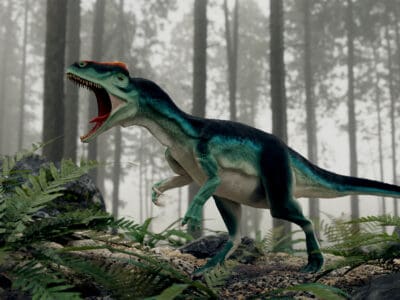
Allosaurus
Allosaurus is the official state fossil of Utah because of the abundant number of fossils found in the state.

Archelon Turtle
Archelons are the largest turtles to have ever lived in the world

Armyworm
They are so named because they "march" in armies of worms from one crop to another in search of food
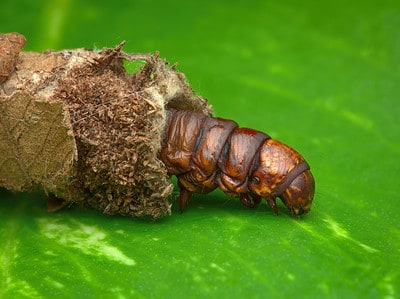
Bagworm Moth Caterpillar
They continually enlarge their protective cases
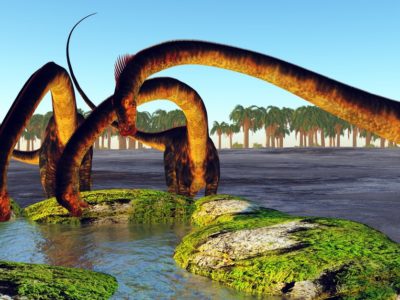
Barosaurus
If a barosaurus were alive today, it could stand on its hind legs and look in a 5th floor apartment window.

Beewolf wasp
They hunt bees
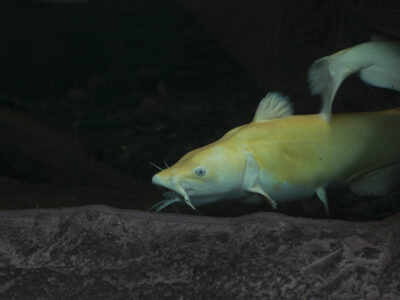
Blue Catfish
It's a strong fighter when caught on a fishing line

Common Yellowthroat
The Common Yellowthroat stays close to the ground and uses stealth to survive!
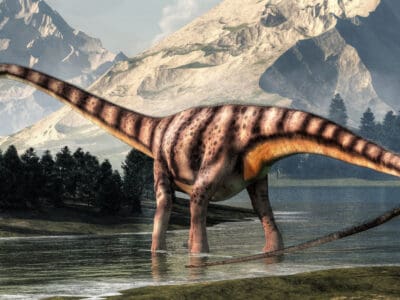
Diplodocus
Their long tales could have been used as a whip!

Eastern Hognose Snake
Eastern hognose snakes are venomous, but only to frogs and toads.

Flea
Adult fleas can jump up to 7 inches in the air
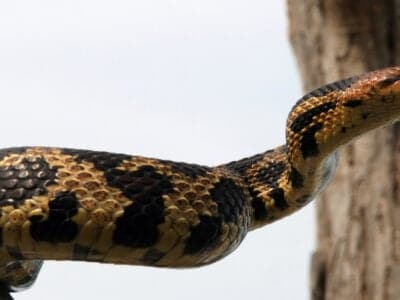
Fox Snakes
In some areas, fox snakes and gopher snakes have crossbred in the wild.
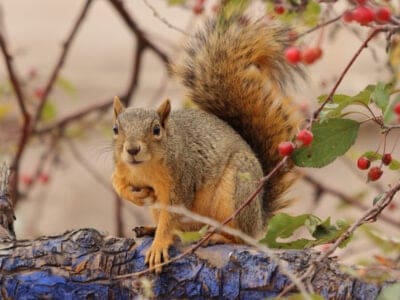
Fox Squirrel
Although it is a tree squirrel, it spends most of its time on the ground.

Green Snake
There are two types of green snakes: smooth green snakes and rough green snakes

Groundhog (Woodchuck)
They whistle to each other to warn of approaching danger!

MacGillivray’s Warbler
The complicated story of how MacGillivray’s Warblers got their name involves three ornithologists, a physician and a compromise.

Mealybug
They have a symbiotic relationship with ants.

Mockingbird
Mockingbirds are incredible mimics that can learn hundreds of songs!

Nematode
Nematodes range in size from 1/10 of an inch to 28 feet long

Orb Weaver
Females are about four times the size of males

Owl
The owl can rotate its head some 270 degrees
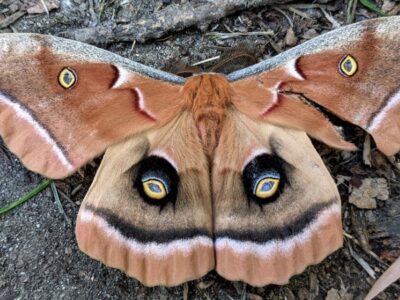
Polyphemus Moth
The Polyphemus moth doesn’t and can't eat, except when it's a caterpillar!

Rat Snakes
Rat snakes are constrictors from the Colubridae family of snakes.

Red-Bellied Woodpecker
Red-Bellied Woodpeckers will often steal the nests of other birds.

Rooster
Will mate with the entire flock!

Smallmouth Bass
A fierce fighter!

Smokybrown Cockroach
Has up to 45 eggs per egg case
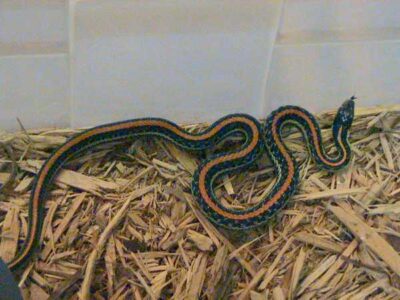
Texas Garter Snake
These snakes defensively emit a foul-smelling musk if you handle them!

Tiger Trout
As tiger trout are sterile, they cannot produce offspring. However, they do have relatively long lifespans and can live up to 10 years in captivity.

Tree Cricket
They make music with their wings

Tyrannosaurus Rex
They had many air pockets in their skeleton which kept them light despite their tremendous size.
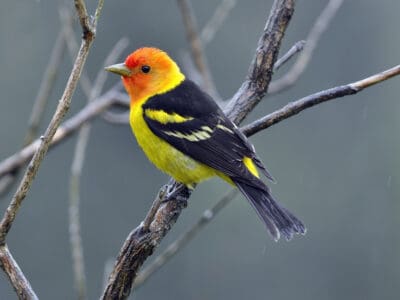
Western Tanager
They migrate farther north than any other tanager.
South Dakotan Animals List
- Admiral Butterfly
- Allosaurus
- Archelon Turtle
- Armyworm
- Bagworm Moth Caterpillar
- Barosaurus
- Beewolf wasp
- Blue Catfish
- Common Yellowthroat
- Diplodocus
- Dire Wolf
- Eastern Hognose Snake
- Flea
- Fox Snakes
- Fox Squirrel
- Green Snake
- Groundhog (Woodchuck)
- MacGillivray’s Warbler
- Mealybug
- Milk Snake
- Mockingbird
- Nematode
- Orb Weaver
- Owl
- Polyphemus Moth
- Rat Snakes
- Red-Bellied Woodpecker
- Rooster
- Sandhill Crane
- Smallmouth Bass
- Smokybrown Cockroach
- Swallowtail Butterfly
- Texas Garter Snake
- Tiger Trout
- Tree Cricket
- Tyrannosaurus Rex
- Western Tanager
Animals in South Dakota FAQs (Frequently Asked Questions)
Does South Dakota have wild animals?
Yes, many. Wild mammals, including horses, bison, pronghorn, bighorn sheep, deer, raccoons, coyotes, and several different kinds of reptiles, fish, rodents, and birds are common.
What type of wildlife is native to South Dakota?
Prairie dogs and other rodents along with coyotes, deer, mule, pronghorn, elk, and bison are native to the state.
Are there grizzly bears in South Dakota?
There are, but they are the rarest sightings since they mostly stay in the mountains. A few black bears live in the forests.
What type of predators are in South Dakota?
Black bears, snakes, lizards s, walleye, smallmouth bass, badgers, coyotes, eagles, hawks, owls are all predators that are in South Dakota, especially in the Badlands and Black Hills.





